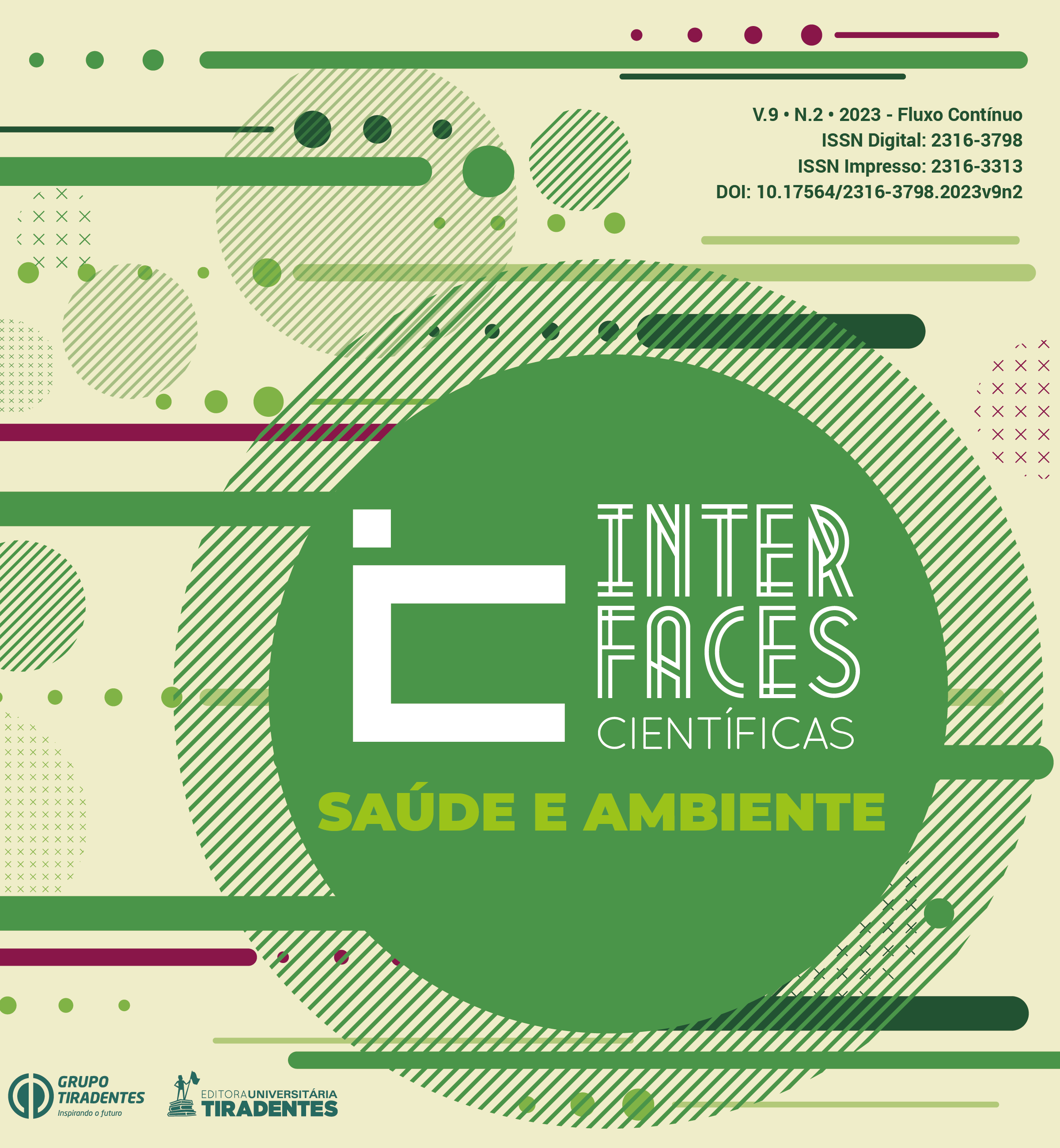A INCIDÊNCIA DE COVID-19 E O ACESSO AO ABASTECIMENTO DE ÁGUA NO MUNICÍPIO DO RIO DE JANEIRO
DOI:
https://doi.org/10.17564/2316-3798.2023v9n2p335-352Published
Downloads
Downloads
Issue
Section
License
Copyright (c) 2023 Interfaces Científicas - Saúde e Ambiente

This work is licensed under a Creative Commons Attribution-NonCommercial 4.0 International License.
Autores que publicam nesta revista concordam com os seguintes termos:
a. Autores mantêm os direitos autorais e concedem à revista o direito de primeira publicação, com o trabalho simultaneamente licenciado sob a Licença Creative Commons Attribution que permite o compartilhamento do trabalho com reconhecimento da autoria e publicação inicial nesta revista.
b. Autores têm permissão e são estimulados a distribuir seu trabalho on-line (ex.: em repositórios institucionais ou na sua página pessoal), já que isso pode gerar aumento o impacto e a citação do trabalho publicado (Veja O Efeito do Acesso Livre).
Abstract
The objective of the study was to evaluate the influence of access to water supply with the incidence rate of COVID-19, considering the regional sanitation blocks proposed in the concession model of sanitation services in Rio de Janeiro. An analytical and descriptive study was carried out using data of COVID-19 and sanitation from the Instituto Pereira Passos (IPP) and Instituto Brasileiro de Geografia e Estatística (IBGE), respectively. The average incidence rate of COVID-19 in Rio de Janeiro was 344.36 cases/10,000 inhabitants. Block 1 presented the highest incidence rate (493.81 cases/10,000 inhab.), followed by Block 2 (402.74 cases/10,000 inhab.), Block 4 (303.82 cases/10,000 inhab.) and Block 3 (280.03 cases/10,000 inhab.). The Pearson correlation coefficient between the incidence of COVID-19 and the water supply index in Rio de Janeiro was -0.0482. Neighborhoods with less access to treated water showed greater vulnerable, possibly due to the lower possibility of adherence to non-pharmacological measures - the only control and prevention resource in the pre-vaccination era. This finding reaffirms the syndemic and unequal character of the COVID-19 pandemic.




















